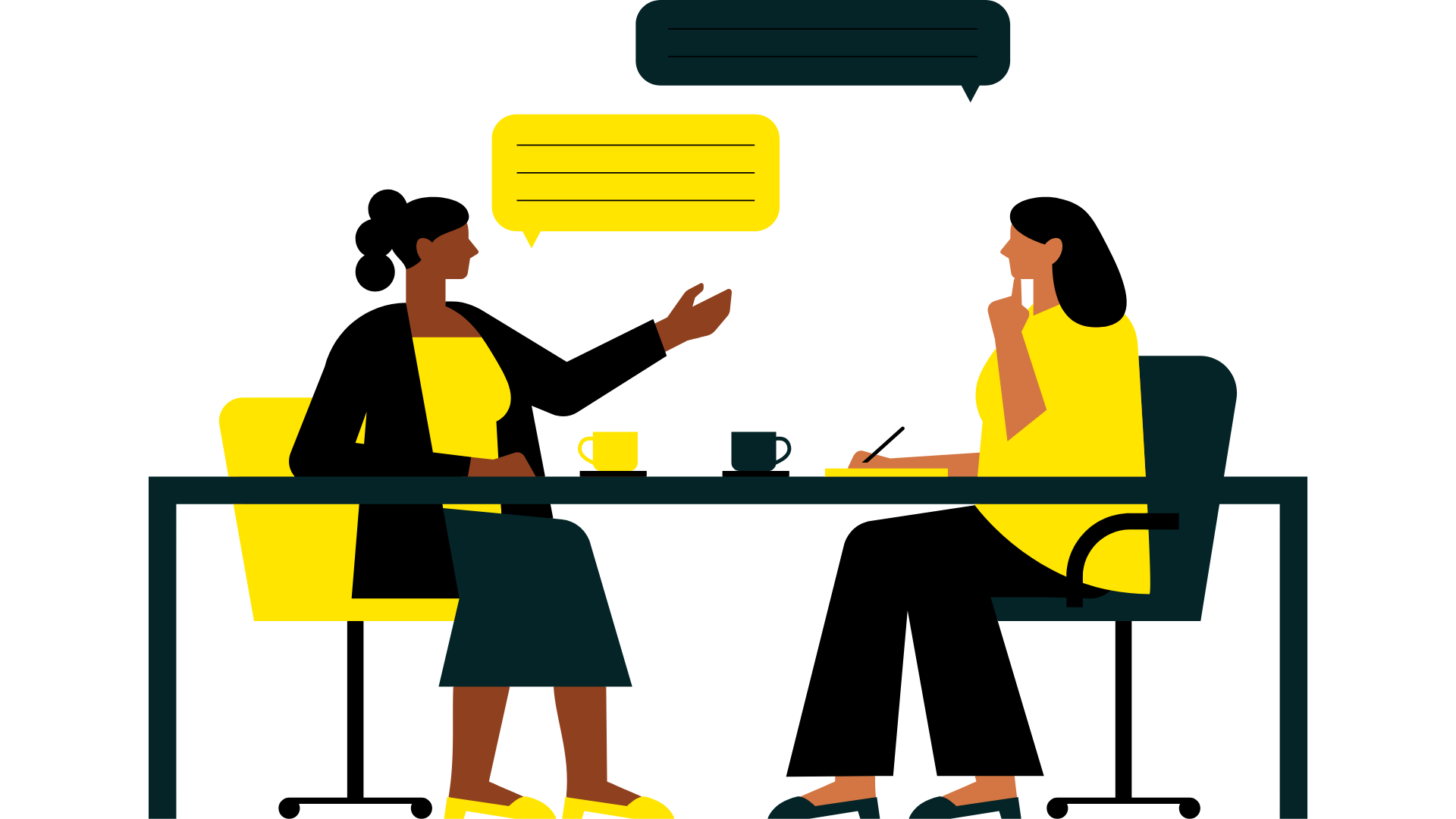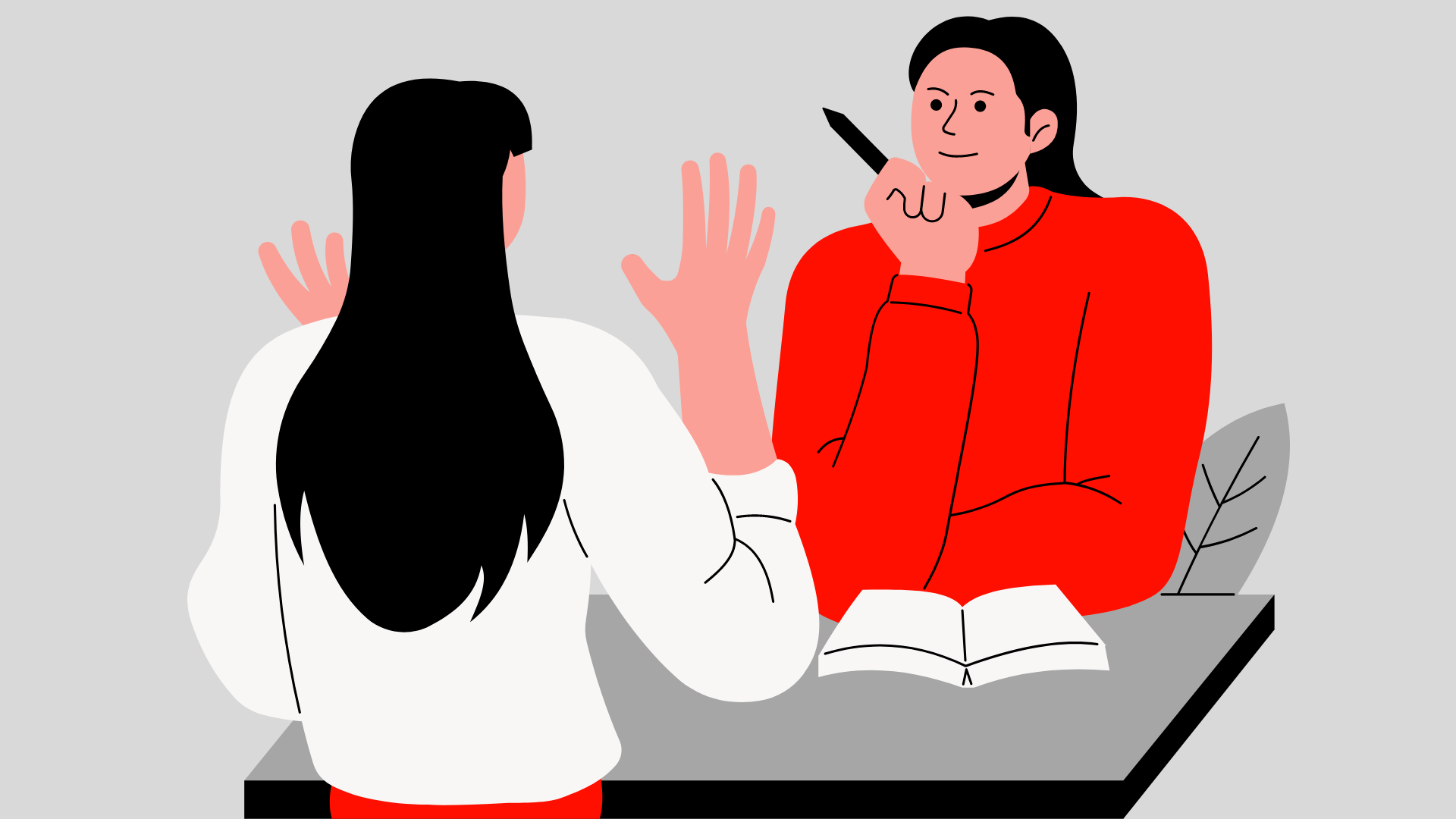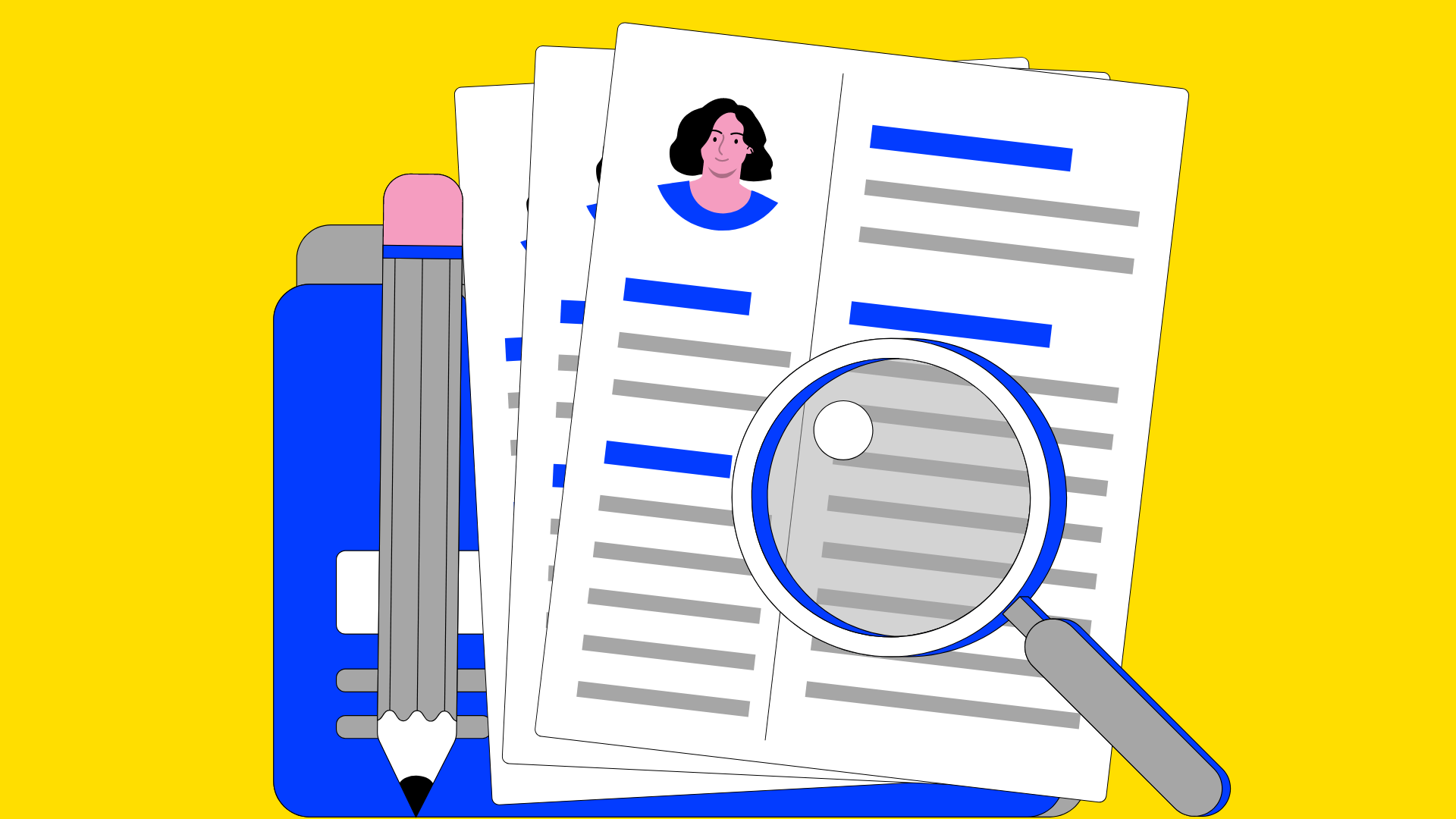In a world flooded with information and endless opinions, critical thinking stands as one of the most valuable skills you can develop. Whether you’re navigating personal decisions, professional challenges, or societal issues, the ability to think critically empowers you to cut through the noise and make informed, rational choices. In this comprehensive guide, we’ll explore what thinking is, why it matters, how you can develop it, and how to apply it in everyday life. Let’s dive in and unlock the secrets to mastering thinking!
Table of Contents
Understanding Critical Thinking
Critical thinking is more than just analyzing information; it’s a disciplined approach to thinking that involves questioning assumptions, evaluating evidence, and making well-reasoned decisions. It’s about being curious, skeptical, and open-minded all at once. At its core, thinking requires you to be a detective of information, piecing together facts and evidence to form a coherent and unbiased conclusion.
Key Components of Thinking:
- Analysis: Breaking down complex information into smaller parts to understand it better.
- Evaluation: Assessing the credibility and relevance of information.
- Inference: Drawing logical conclusions from the available evidence.
- Explanation: Articulate your reasoning clearly and concisely.
- Reflection: Continuously examining your thinking process and being open to change.
By understanding these components, you lay the groundwork for developing your thinking skills.

Why Critical Thinking Matters
Critical thinking is not just an academic exercise; it’s a practical skill that has real-world implications. In our personal lives, it helps us make better decisions, solve problems more effectively, and communicate more clearly. Professionally, critical thinkers are valued for their ability to tackle challenges, innovate, and lead with insight.
Benefits of Critical Thinking:
- Improved Decision-Making: By evaluating all available options and considering potential outcomes, critical thinkers make better decisions.
- Enhanced Problem-Solving Skills: Thinking enables you to approach problems systematically and find effective solutions.
- Better Communication: By clarifying your thoughts and arguments, you communicate more effectively and persuasively.
- Increased Creativity: It encourages you to think outside the box, explore different perspectives, and come up with innovative ideas.
- Greater Independence: Critical thinkers are more self-reliant and less likely to be swayed by external influences without valid reasoning.
How to Develop Critical Thinking Skills
Developing thinking skills is a journey that requires time, practice, and patience. Here are some practical steps you can take to enhance your thinking abilities:
Step 1: Question Assumptions
Start by questioning the assumptions that underlie your thoughts and beliefs. Ask yourself why you believe something to be true and whether there’s evidence to support it. This habit of questioning helps you avoid accepting things at face value and encourages deeper analysis.
Step 2: Gather Information
Before forming an opinion or making a decision, gather as much relevant information as possible. Look for credible sources, diverse viewpoints, and solid evidence. The more information you have, the better equipped you are to think critically.
Step 3: Evaluate Evidence
Not all information is created equal. Critical thinking involves evaluating the quality of evidence, checking for biases, and distinguishing between facts and opinions. Be wary of sources that misleadingly lack credibility or present information.
Step 4: Consider Multiple Perspectives
Critical thinkers are open-minded and willing to consider different viewpoints. By exploring multiple perspectives, you gain a fuller understanding of the issue at hand and can form a more balanced opinion.
Step 5: Reflect on Your Thinking Process
Reflection is a key component of critical thinking. Regularly take time to reflect on your own thinking process, identify biases, and consider how you could improve. This self-awareness helps you become a more effective thinker over time.
Step 6: Practice Regularly
Like any skill, critical thinking improves with practice. Engage in activities that challenge your thinking, such as puzzles, debates, and reading diverse materials. The more you practice, the more natural thinking will become.

Applying Critical Thinking in Everyday Life
Critical thinking is not confined to academic or professional settings; it’s a valuable tool for everyday life. Here are some practical applications of thinking:
Personal Decisions:
Whether you’re deciding on a major life change or a simple purchase, critical thinking can help you weigh the pros and cons, consider alternatives, and make a well-informed decision. For example, when choosing a new car, instead of focusing solely on aesthetics, you might evaluate factors like safety ratings, fuel efficiency, and long-term costs.
Professional Challenges:
In the workplace, critical thinking is essential for problem-solving, decision-making, and strategic planning. For instance, if your team is facing a drop in productivity, a critical thinker would analyze data, identify patterns, and propose evidence-based solutions rather than jumping to conclusions.
Navigating Information Overload:
With the vast amount of information available online, critical thinking helps you discern trustworthy sources from unreliable ones. When reading news or researching topics, critically evaluate the information by checking the source, looking for evidence, and considering any potential biases.
Interpersonal Relationships:
Critical thinking also plays a role in how we interact with others. By listening actively, questioning assumptions, and considering others’ perspectives, you can communicate more effectively and resolve conflicts more amicably.
Common Barriers to Critical Thinking and How to Overcome Them
Despite its importance, several barriers can hinder our ability to think critically. Recognizing and addressing these obstacles is key to becoming a better thinker.
Barrier 1: Confirmation Bias
Confirmation bias is the tendency to seek out information that confirms your existing beliefs while ignoring evidence that contradicts them. To overcome this, actively seek out diverse perspectives and challenge your assumptions regularly.
Barrier 2: Emotional Influence
Emotions can cloud judgment and lead to irrational decisions. While it’s normal to have emotional reactions, critical thinking requires setting those emotions aside and evaluating the situation objectively.
Barrier 3: Groupthink
Groupthink occurs when the desire for harmony or conformity in a group leads to irrational or dysfunctional decision-making. To avoid groupthink, encourage open dialogue, welcome dissenting opinions, and make decisions based on evidence rather than consensus.
Barrier 4: Lack of Information
Making decisions without sufficient information can lead to poor outcomes. Always strive to gather as much relevant data as possible before forming an opinion or making a decision.
Barrier 5: Over-reliance on Authority
While experts can provide valuable insights, over-relying on authority figures without questioning or evaluating their claims can stifle critical thinking. Even when seeking expert advice, maintain a questioning attitude and consider alternative viewpoints.
Barrier 6: Cognitive Biases
Cognitive biases are mental shortcuts that can distort our thinking. Common biases include anchoring bias (relying too heavily on the first piece of information received) and availability bias (judging the likelihood of events based on recent experiences). To counteract these biases, be aware of their presence and actively challenge your initial thoughts.
Barrier 7: Information Overload
The sheer volume of information available today can be overwhelming, leading to analysis paralysis. To manage information overload, prioritize credible sources, focus on the most relevant data, and avoid getting bogged down by unnecessary details.
Barrier 8: Fear of Making Mistakes
Fear of failure can stifle critical thinking, as it discourages individuals from exploring new ideas or questioning existing beliefs. To overcome this, adopt a growth mindset—view mistakes as learning opportunities and remain open to experimentation.
Tools and Techniques to Enhance Critical Thinking
Several tools and techniques can help you hone your critical thinking skills. Here are a few that you can incorporate into your daily routine:
Mind Mapping:
Mind mapping is a visual tool that helps you organize information and see connections between ideas. By mapping out your thoughts, you can better analyze and evaluate information.
Socratic Questioning:
Named after the ancient philosopher Socrates, this technique involves asking a series of probing questions to explore complex ideas and uncover underlying assumptions. Use questions like “What evidence supports this?” or “Are there alternative viewpoints?”
SWOT Analysis:
SWOT analysis (Strengths, Weaknesses, Opportunities, Threats) is a strategic tool commonly used in business but applicable to personal decision-making as well. It encourages you to consider all aspects of a situation before making a decision.
Journaling:
Keeping a journal of your thoughts and decisions can help you reflect on your thinking process and identify areas for improvement. Regularly reviewing your entries allows you to spot patterns and make adjustments as needed.

Advanced Techniques to Boost Critical Thinking Skills
Beyond the basic steps, there are advanced techniques that can further enhance your critical thinking abilities:
Technique 1: Lateral Thinking
Lateral thinking involves looking at problems from unconventional angles and thinking creatively to find solutions. It’s about moving away from linear thought processes and exploring new pathways. Techniques such as brainstorming, reverse thinking, and mind games are great ways to practice lateral thinking.
Technique 2: Thought Experimentation
This involves imagining hypothetical scenarios and exploring their outcomes. Used by great thinkers like Albert Einstein, thought experiments challenge your assumptions and broaden your perspective on complex issues.
Technique 3: Critical Reading
Critical reading goes beyond understanding the text; it involves questioning the author’s intent, identifying biases, and evaluating the quality of evidence presented. When reading articles, books, or reports, ask yourself: “What is the author’s main argument? Is the evidence convincing? What are the counterarguments?”
Technique 4: Root Cause Analysis (RCA)
RCA is a method used to identify the fundamental cause of a problem rather than just addressing symptoms. By repeatedly asking “Why?” you can drill down to the root issue and develop more effective solutions.
Technique 5: Red Teaming
This technique, often used in military and business strategy, involves deliberately challenging your plans, ideas, and assumptions by adopting the perspective of an adversary or skeptic. Red teaming helps identify weaknesses in your thinking and prepares you for counterarguments.
The Future of Critical Thinking in the Digital Age
In the digital age, where information is abundant and often overwhelming, critical thinking is more important than ever. The rise of social media, fake news, and misinformation makes it crucial for individuals to be discerning consumers of information. As technology continues to evolve, the ability to think critically will remain a valuable skill, not just for personal growth but for contributing to a more informed and rational society.
Embracing Lifelong Learning:
Critical thinking is a lifelong journey, not a destination. As the world changes, so do the challenges and opportunities for thinking. Embrace a mindset of continuous learning, remain curious, and never stop questioning.
Common Misconceptions About Critical Thinking
Several misconceptions can hinder the development of thinking skills. Let’s clear up some of these myths:
Misconception 1: Critical Thinking Is Just About Criticism
While the term might imply negativity, thinking is not about criticizing others. It’s about evaluating information objectively, without letting emotions or biases cloud judgment.
Misconception 2: Critical Thinking Is Only for Academics
Thinking is not confined to scholars or intellectuals. It’s a practical skill that everyone can benefit from, whether you’re a student, a professional, a parent, or just someone trying to make better everyday decisions.
Misconception 3: Critical Thinking Comes Naturally
While some people may have a natural inclination towards analytical thinking, thinking is a learned skill that can be improved with practice and effort.
Critical Thinking in the Digital Age: Navigating Misinformation
The rise of digital media has made information more accessible, but it has also led to the spread of misinformation, fake news, and echo chambers. Critical thinking is essential for navigating this complex landscape.
Strategies for Navigating Digital Information:
- Fact-Check: Always verify the information before accepting it as true. Use reliable fact-checking websites and cross-reference sources.
- Identify Bias: Be aware of the biases in the content you consume. Look for balanced reporting that presents multiple sides of an issue.
- Question Viral Content: Just because something is popular doesn’t mean it’s accurate. Approach viral stories with skepticism and do your research.
The Link Between Critical Thinking and Emotional Intelligence
Critical thinking and emotional intelligence (EI) often go hand-in-hand. While critical thinking involves logical analysis, EI focuses on understanding and managing emotions—both your own and others. Together, they create a balanced approach to decision-making and problem-solving.
How Emotional Intelligence Enhances Critical Thinking:
- Empathy: Understanding different perspectives is easier when you can empathize with others’ experiences and emotions.
- Self-Awareness: Recognizing your emotional triggers helps prevent them from clouding your judgment.
- Conflict Resolution: Thinking paired with EI enables you to navigate disagreements with a calm, rational approach.
Critical Thinking in Leadership
Leaders who think critically inspire confidence and guide their teams with clear, evidence-based decisions. Critical thinking enables leaders to see the bigger picture, anticipate challenges, and make strategic decisions that benefit their organizations.
Leadership Scenarios Where Critical Thinking is Key:
- Crisis Management: During a crisis, leaders must assess the situation rapidly, weigh options, and take decisive action. Thinking helps leaders remain calm and make choices based on data rather than panic.
- Strategic Planning: Critical thinking is essential for long-term planning, as it allows leaders to analyze market trends, identify opportunities, and develop forward-thinking strategies.
- Team Building: Leaders who foster a culture of thinking within their teams encourage open dialogue, diverse perspectives, and innovative solutions.
Exercises to Sharpen Your Critical Thinking Skills
Incorporating regular exercises into your routine can help sharpen your thinking skills. Here are some activities you can try:
- Daily Reflection: Spend a few minutes each day reflecting on a decision you made. Analyze what influenced your choice and consider how you might approach it differently next time.
- Debate Club: Joining a debate club or engaging in friendly debates with friends can help you practice forming arguments, defending your views, and considering counterarguments.
- Logic Puzzles and Games: Engaging in puzzles like Sudoku, chess, or logic games can improve your ability to think strategically and solve problems creatively.
- Read Widely: Expose yourself to a variety of viewpoints by reading books, articles, and blogs from different genres and perspectives. This broadens your thinking and helps you develop a more balanced view.
Conclusion
Mastering critical thinking is like having a superpower in today’s fast-paced, information-rich world. It empowers you to make sound decisions, solve problems effectively, and navigate life’s complexities with confidence. By understanding the principles of critical thinking, practicing regularly, and overcoming common barriers, you can enhance this essential skill and apply it in every aspect of your life. So, start today—question, analyze, evaluate, and reflect. Your journey to becoming a better thinker begins now, and the benefits are boundless.
Discover more from Positive Treasure
Subscribe to get the latest posts sent to your email.




